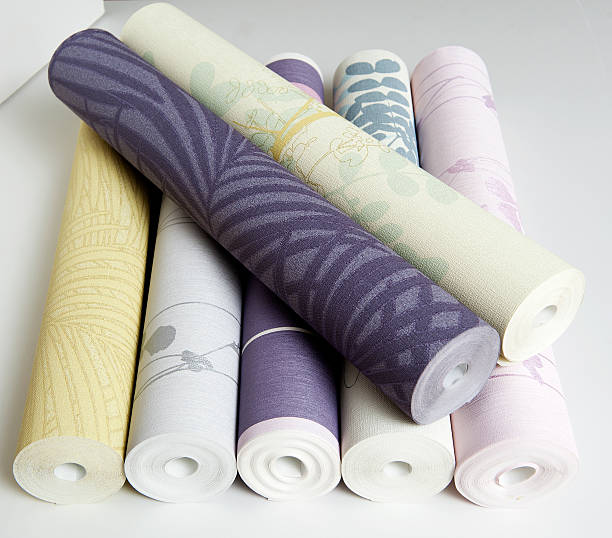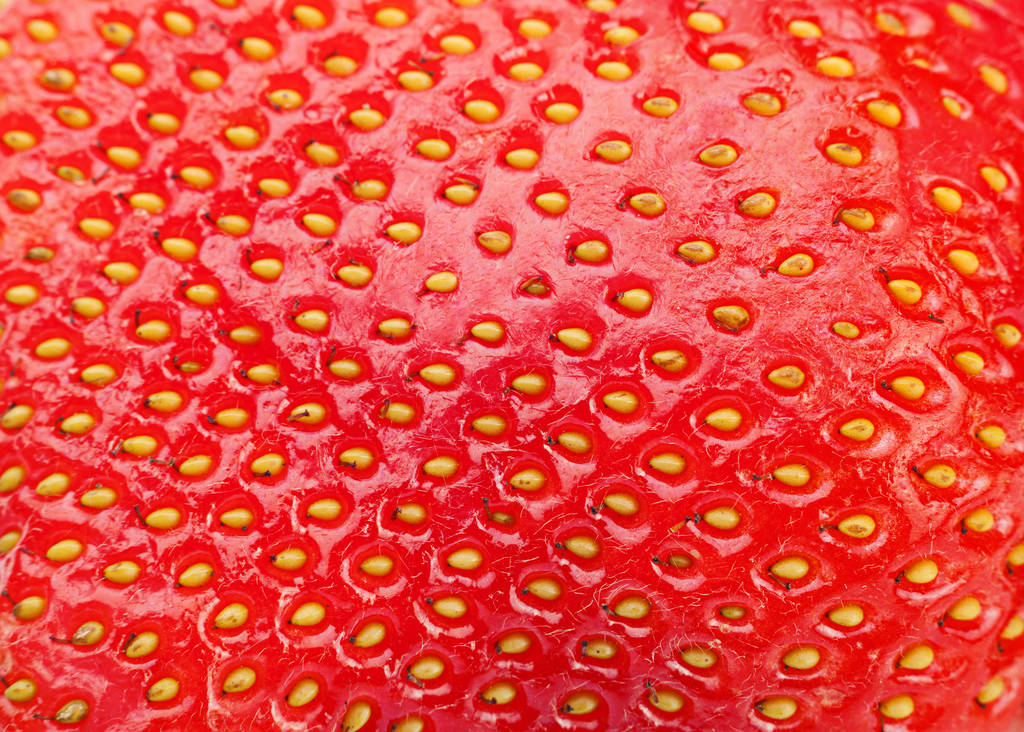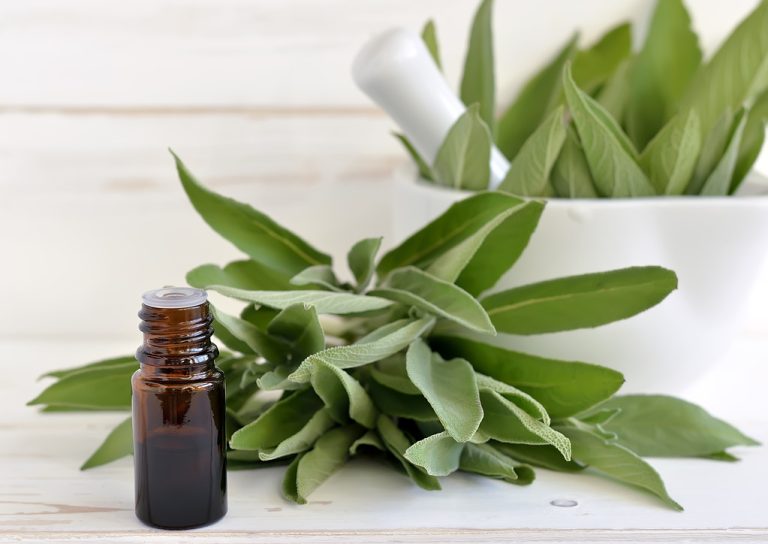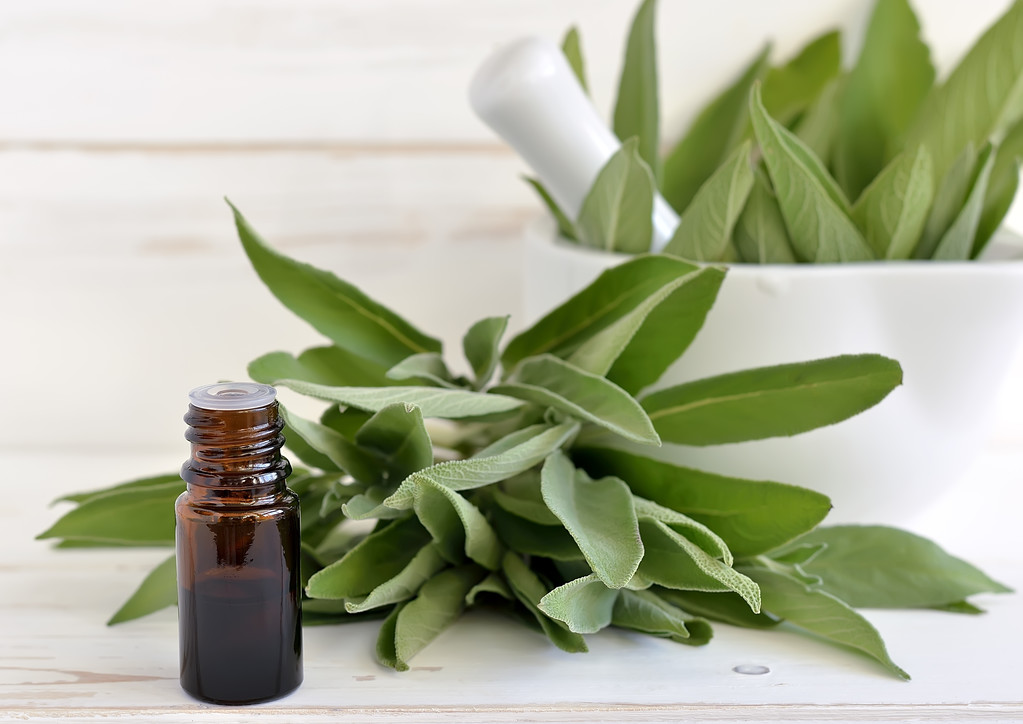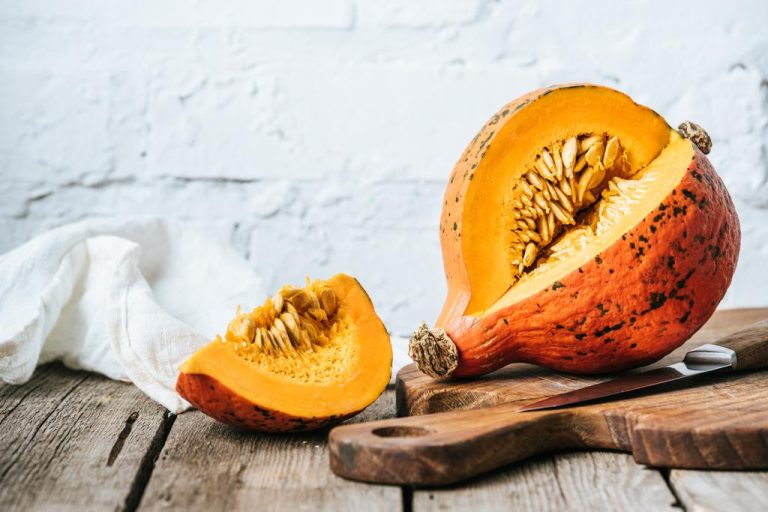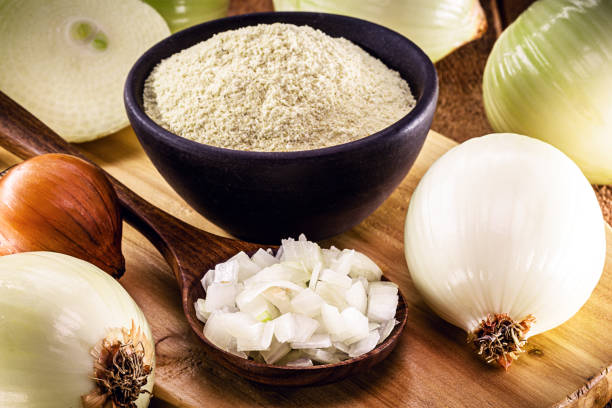Important rules and a simple guide to the fridge will help you to avoid common fridge mistakes. As a result, storing food properly saves you time and money. You can also find out what absolutely shouldn’t be in the fridge and what fridge size is right for you.
Proper storage of food is important

If you follow a few simple tips when storing the fridge correctly, you will not only save time that would be spent searching but also money. Because the food has a longer shelf life. And in extreme cases, even harmful germs can form. The rules of physics also apply to the refrigerator. Warm air rises. That means there are different temperatures in the refrigerator and there are different cooling zones. You should consider this fact for the correct storage of food. But what does the correct storage of food in the refrigerator look like and what mistakes can I avoid?
Correct instructions for the refrigerator
Refrigerators have different cold zones, which can differ by up to 7°C. Accordingly, it is warmer in the upper compartments than in the lower compartments. It’s coldest on the back wall and on the glass shelf above the vegetable compartment. And it’s warmest in the refrigerator door. Since some foods need to be stored cooler than others, it makes sense to follow a few rules here.
Avoid common fridge mistakes
Storing food incorrectly in the fridge is a common mistake. When storing the refrigerator properly, the milk should never be in the refrigerator door, as the temperatures here are too warm. In addition to these mistakes, there are others that you should definitely avoid:
1) Do not store tropical fruits in the refrigerator
When storing the fridge correctly, remember that tropical fruits such as bananas or mangoes do not belong in the fridge. Because that would spoil the taste. Tomatoes and courgettes also react negatively to the climate in the refrigerator. Therefore, it is better to store them in a shady place in the kitchen. Eggs don’t necessarily have to be stored in a cool place either unless they are washed. You can put them in the fridge after a certain time stated on the packaging. Also, read tips on storing eggs. In addition, cucumbers should not be stored in the refrigerator because of their high water content. Likewise, potatoes are not suitable for the cold. Fresh herbs last longer in the crisper, with the exception of healthy basil.
2) Avoid hot food in the refrigerator
Mistakes often happen even with correct storage. Who does not know it? There was a lot of cooking and half of the lunch left. Quickly in a Tupperware and the warm food in the fridge. And now we have an error. Refrigerators remove the heat from the products. The warmer an object is, the more electricity is used to cool it. So let the food cool down first. Then you can save electricity.
3) Stock the fridge properly with the right packaging
Well packed, you protect your food from drying out. You also prevent odors and germs from forming. Therefore, use cling film or storage boxes to store the products properly. In addition, storage boxes create a good basic organization in the refrigerator. A “sausage box” and a “cheesebox” are recommended. Nothing is lying around openly and everything can be stacked better. You should also defrost and clean your refrigerator regularly. This way you can avoid a musty stench in the fridge.
- Use cling film to preserve flavor and prevent germs
- Use storage boxes to avoid chaos and save space
4) Pay attention to hygiene when storing the fridge correctly
In order to avoid germ formation and damage to health from spoiled food, you must ensure adequate hygiene. Consequently, make sure that when storing meat and products with raw eggs, juice cannot leak. These should be packed well. Food that is placed in the refrigerator for defrosting should also be placed in a bowl that catches the defrost water. This is very important with meat and poultry because hygiene is the be-all and end-all here. The refrigerator can be washed out with lukewarm water once a month. A splash of vinegar essence in the wash water prevents the formation of bacteria and mold. You can read more about this under the tips for cleaning and cleaning the kitchen.
5) Bought the wrong refrigerator

In order to avoid mistakes when buying a refrigerator, you should estimate the required refrigerator size. In general, you can assume that size of 120 liters is sufficient for a single person. Tests have also shown that an additional 60 liters are required. This means that a refrigerator for 3 people should have a capacity of around 240 liters. Of course, these are only guidelines. Here it depends on my own shopping behavior and how often I find time to shop. If you enjoy doing a large weekly shop, then the above estimates are realistic.
Fridge size guidelines
- One person: 120 liters
- Two people: 180 liters
- Each additional person + 60 liters


